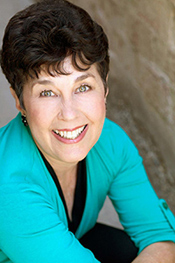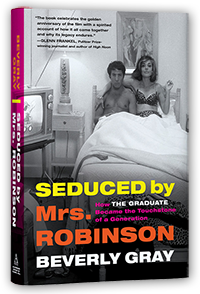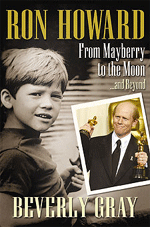The number of dancing Pontipee brothers is rapidly dwindling. Those who know and love the exhilarating MGM musical, Seven Brides for Seven Brothers (1954), will understand what I’m talking about. This is one musical (West Side Story of course is another) that glories in the ability of young males to look macho while moving to music. Eldest brother Adam, played by the ultra-virile Howard Keel, didn’t dance, but he used his resonant baritone to great effect in this film about love and courtship in Oregon territory, circa 1850. Keel passed on in 2004. Second brother Benjamin (Jeff Richards) is also no longer with us. It’s taken me years to realize that “Benjamin”— in real life a former baseball player—doesn’t truly take part in Michael Kidd’s breathtaking ensemble choreographies. You generally find him hanging around in the background, sometimes in the company of Julie Newmar, who was still billed as Julie Newmeyer back then.
Thank goodness the three youngest of the alphabetically-named Pontipees are still alive and kicking. Jacques d’Amboise, now 79, took a leave from the New York City Ballet to play brother Ephraim. He later became a respected dance teacher, was the focus of the Oscar-winning He Makes Me Feel Like Dancin’, and is currently on view in a new documentary, Afternoon of a Faun, about the tragic Balanchine ballerina, Tanaquil LeClercq. Tommy Rall, who played hyper-intense Frank, last appeared as a werewolf in a goofy Roger Corman comedy on which I worked, Saturday the 14th Strikes Back. Russ Tamblyn, who showed off his gymnastic talents as youngest brother Gideon, is best remembered as Riff, the leader of the Jets, in West Side Story. He’s still performing, and has also contributed daughter Amber to show biz.
But we lost Matt Mattox (Caleb) in 2013: he was the one who retained a beard and mustache even after the brothers cleaned up at the film’s midpoint, and he did a memorable solo dance in a number called “Lonesome Polecat,” in which the men lament the lack of women in their winter hideaway. (As Johnny Mercer’s lyrics remind us, “A man can’t sleep/When he sleeps with sheep.”) The film’s Daniel, Marc Platt -- not to be confused with a major Hollywood producer who bears the same name – passed on just recently, at the end of March, 2014.
The best way to see the dancing Pontipees in action is to take a gander at the film’s famous barn-raising sequence. Anyone who enjoys the competitive aspects of Dancing with the Stars will relish what happens when the brothers try to outdance some town dandies to win the affections of the local womenfolk. Dancing as somehow unmanly? Not here.
But in one respect the “manly” men of Seven Brides for Seven Brothers give me pause. The film’s plot derives from a short story, “The Sobbin’ Women,” by Stephen Vincent Benét. It’s a folksy bit of backwoods Americana, but it’s based on a rather odious legend about how the men of ancient Rome, in desperate need of wives, helped themselves to the women of the neighboring Sabine tribe. What’s generally referred to as the Rape of the Sabine Women has often been portrayed in classical paintings. If you happen to be female, it doesn’t look like much fun. Of course in the MGM version, the “brides” who are abducted by seven wrong-headed males—following a period of outrage and some serious scolding by Adam’s wife (the adorable Jane Powell)—are all too ready to fall for their captors. Which makes for a happily-ever-after fadeout. But is this love, or Stockholm Syndrome?
 | ||
| "The Rape of the Sabine Women" (1636) by Nicholas Poussin |








I've never seen the movie - but I have seen it performed on stage - which leads me to point out that this is that rare breed of musical that started out as a movie and was then translated to the stage. Actually, I've seen a small part of this movie - when Martin Scorcese uses a clip from it to demonstrate why it's better to watch movies letterboxed in a short film that often airs on TCM. I am interested in shoring up my lacking musical viewing - and this is sure to pass before my eyes one of these days...
ReplyDeleteI've seen the stage production of Seven Brides and it just doesn't measure up: I'm not quite sure why. As for "the rare breed of musical that started out as a movie," it's less rare than you think, though the stage version is not always successful. There was a stage version of Singin' in the, and another of The Umbrellas of Cherbourg (not sure why rainy film musicals seem so promising to stage folk). Last year's Tony winner, Kinky Boots, was based on a film, as was a stage version of The Full Monty. Then of course there are the Disney musicals that have subsequently lit up Broadway: everything from Mary Poppins to The Lion King to the current Aladdin. I could go and on . . . and I see another blog post forming in my head.
ReplyDelete